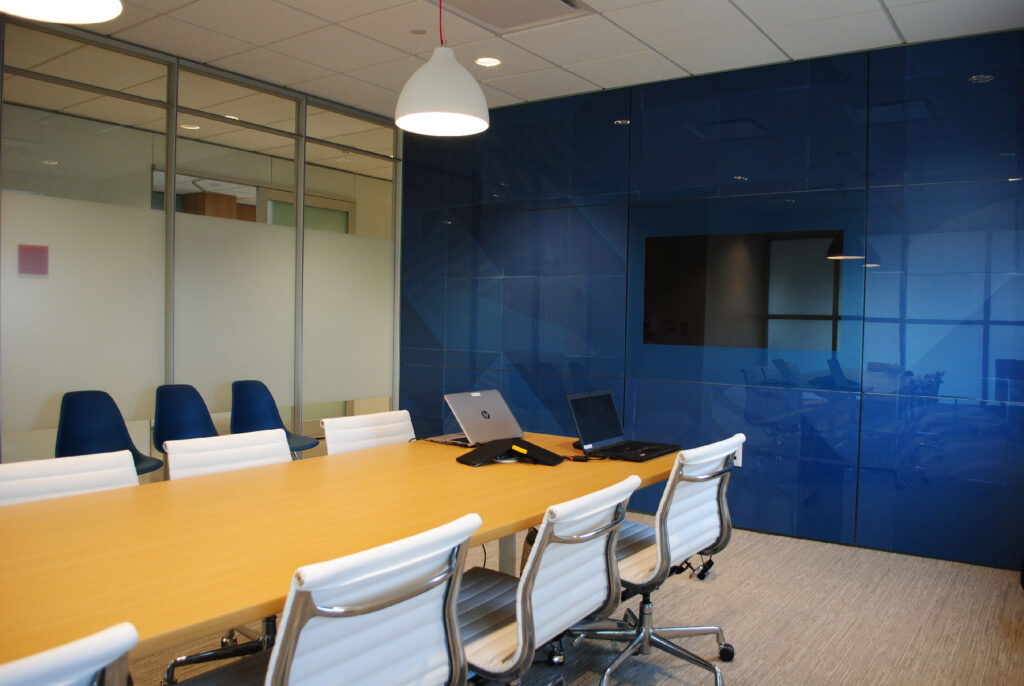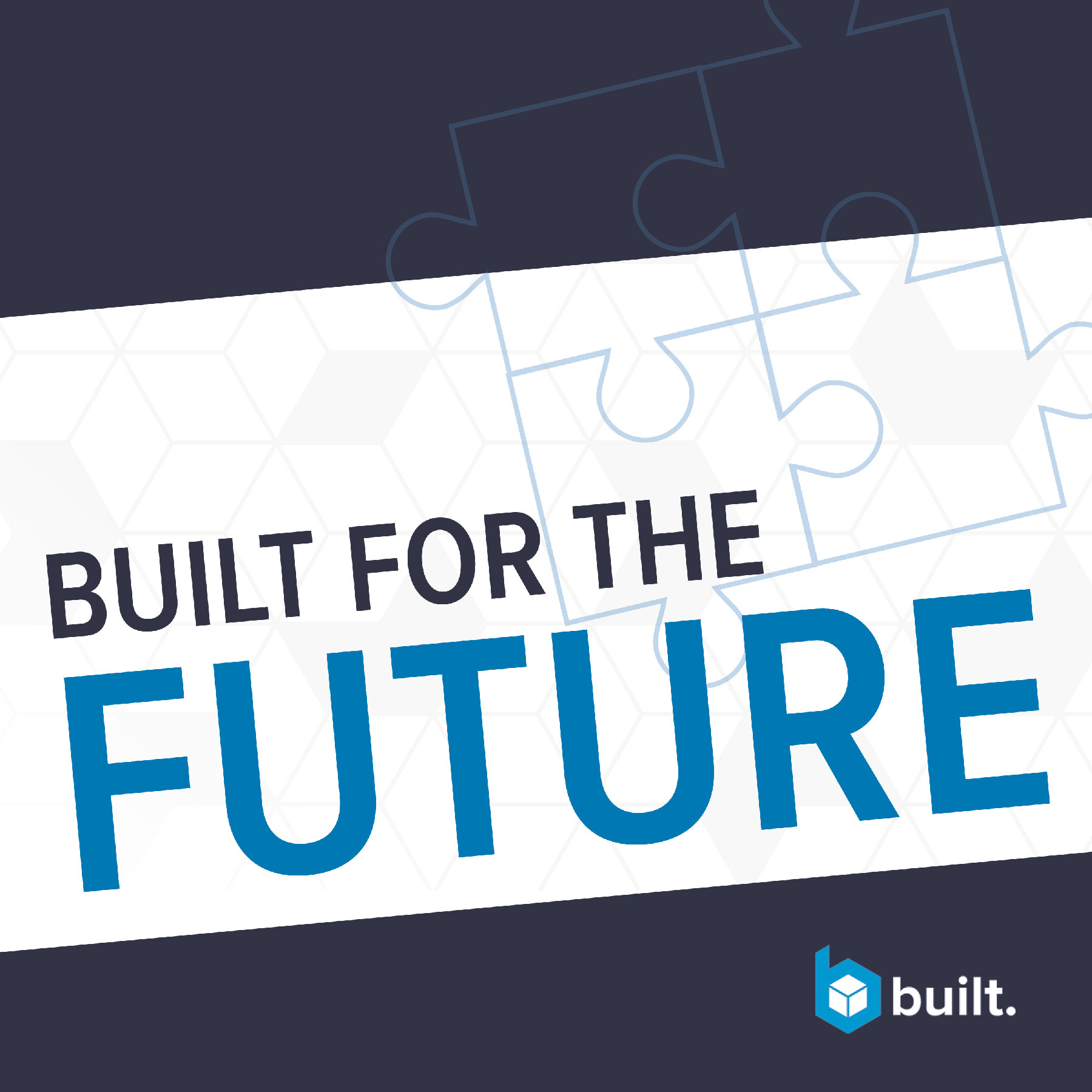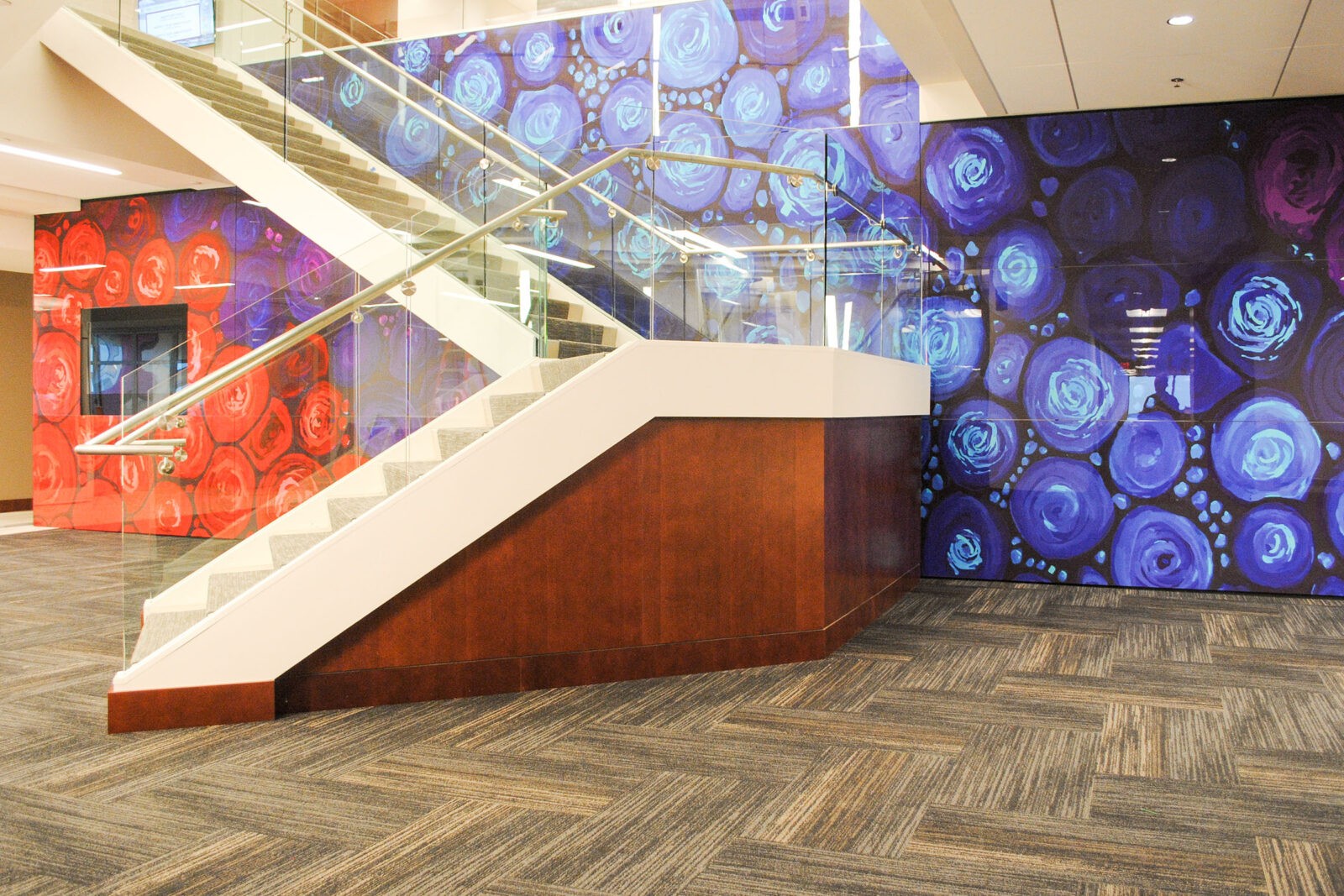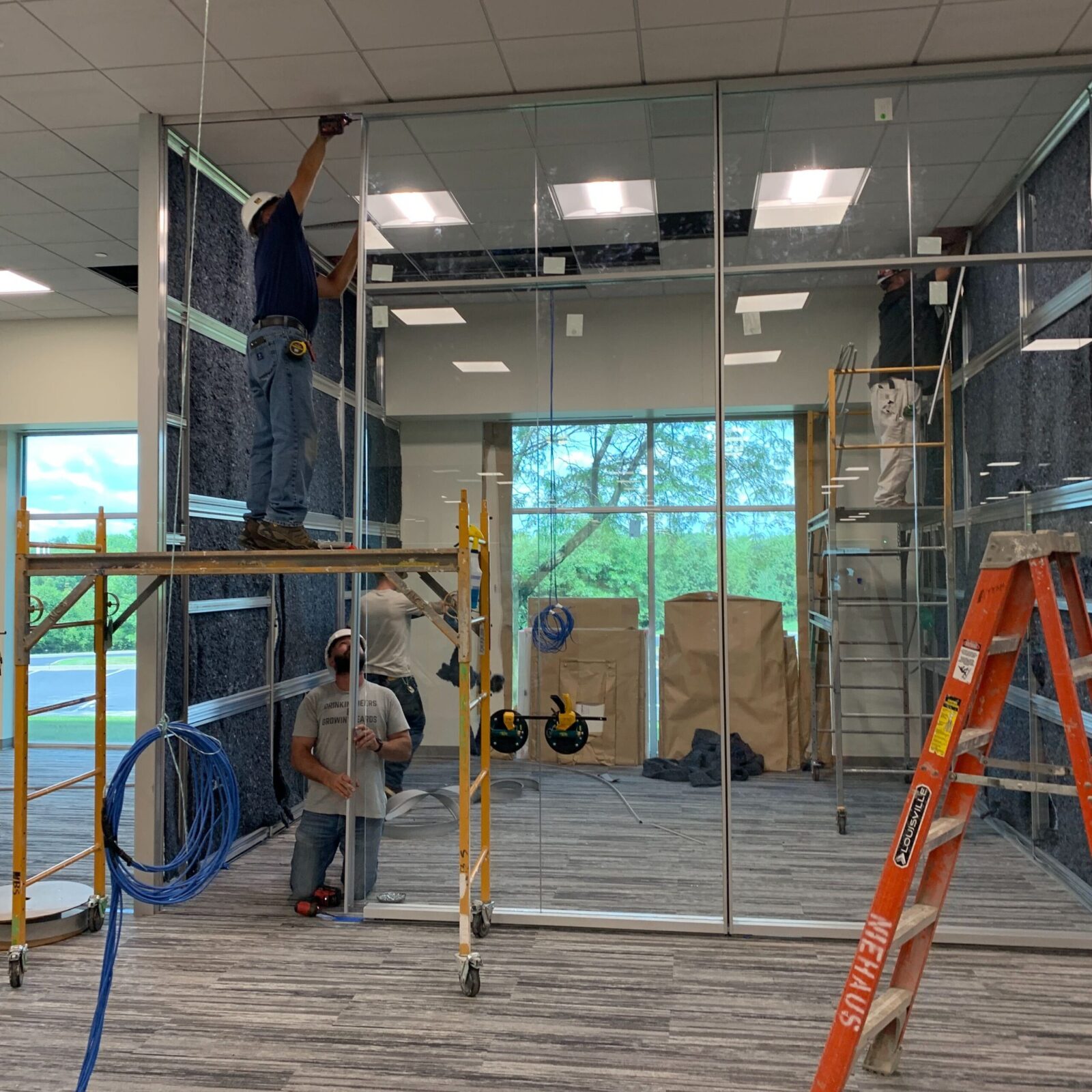Commercial spaces can be a revolving door. Literally.
The average turnover for a commercial space is five years. That means any given commercial space could need an interior overhaul up to twice a decade. For building owners and leasing agents, that means time, money, and material waste going into the same space over and over again.
When it comes to tenants, change is inevitable — no matter what you do.
A new tenant brings different needs, and those needs mean costly renovations. Even the same tenant’s needs will change over time, and if the space doesn’t change with them, they’ll eventually seek greener pastures. These days, tenants want a space that isn’t just functional or productive. They want something that inspires; a productive space that people don’t want to rush out of at the end of the day.
At Built, we don’t view change as a challenge. We embrace it. Our solutions are designed to change. They also align with our belief in being environmentally friendly.

Software Led Solutions
The inherent value of our solutions are their amenability. Our custom environments are made to last, but we know that commercial space renovations are frequent. Even reorganizations within a company can create different needs.
With the help of ICE® software, DIRTT solutions offer easy flexibility and adaptability for a space. You can negotiate better rates with your landlord to stay longer, knowing your DIRTT solution will grow with you. For property managers, the solutions can be repurposed for new tenants. These changes could be as simple as changing a wall or two for personalization, or a more comprehensive overhaul.
Our solutions can be repurposed into the new designs or recycled if they aren’t needed. Unlike consumer tech products, our solutions don’t have generations. A solution installed tomorrow will forever mesh with future materials, allowing changes to be made without much hassle.
Innovative Sustainability
Our clients want to save money. But they also understand the importance of being good stewards to the environment. When it comes to the intention behind our custom environments as well as all the efforts and materials that went into making them, sustainability is front of mind.
Why is sustainability so important to us?
For one, our clients demand it, and what is sustainable is often cost-effective. But we’re also part of an industry that has historically been a big part of the problem.
Approximately 40% of all materials in the landfill come from conventional construction, renovation, and demolition. Just one commercial space can create a massive amount of waste due to numerous renovations over the course of its lifetime.
We are in the business of solving problems. Our solutions help clients create innovative and sustainable environments that can evolve with the needs of the space.
Recycled and Recyclable Environments
With off-site prefabrication, we require smaller crews and much less material waste. As our solutions are manufactured to the 1/16th of an inch, there is little waste from cutting or preparing materials on site. Any unused materials are recycled at the end of the process.
From the products itself to the design, manufacture and installation processes, our solutions are sustainable without compromising functionality or innovation.
Our clients create environments where people actually want to be, while also alleviating headaches for building managers dealing with constant change.




 The emphasis on the skilled trades 10-15 years ago, is the bill that’s coming due today.
The emphasis on the skilled trades 10-15 years ago, is the bill that’s coming due today.